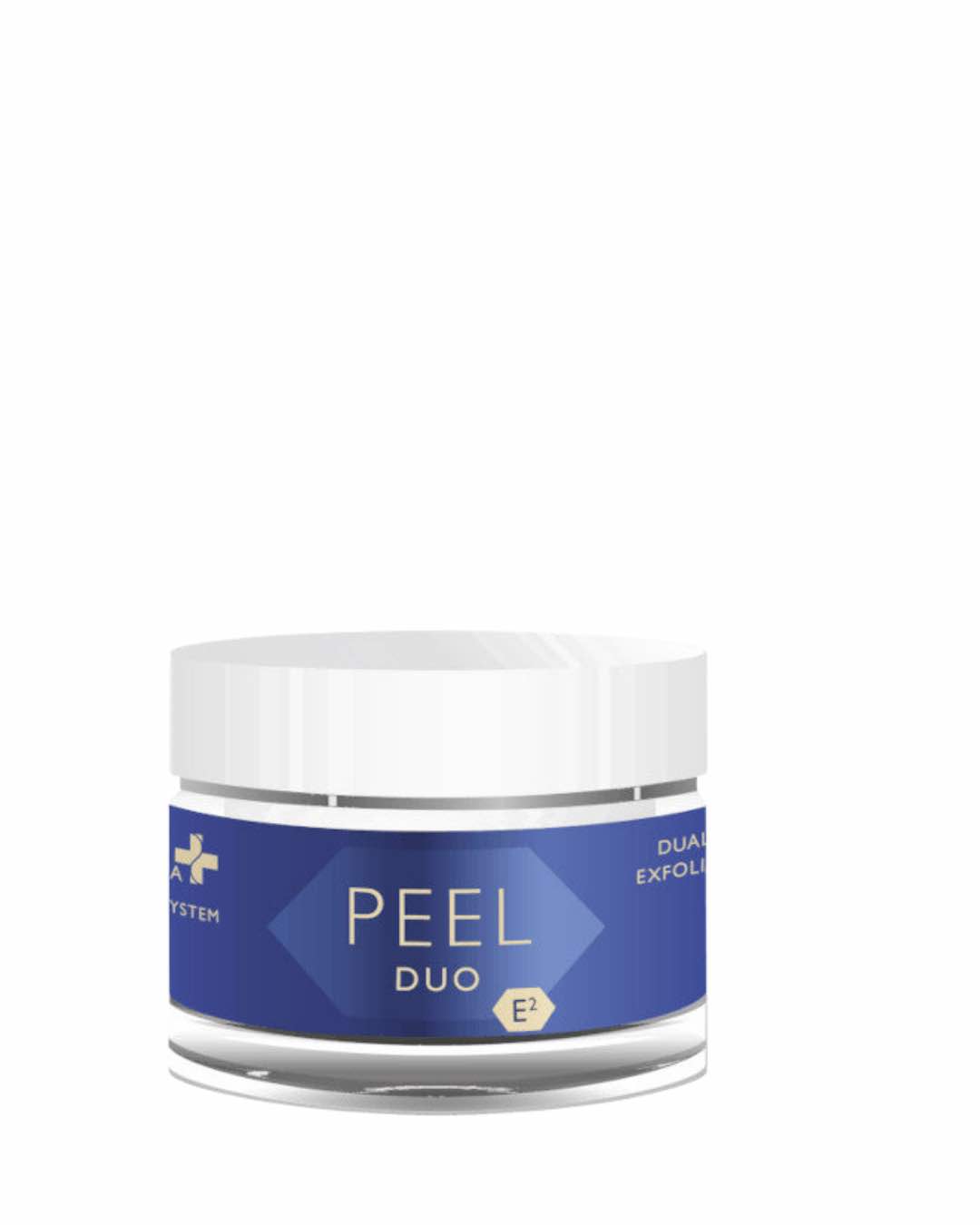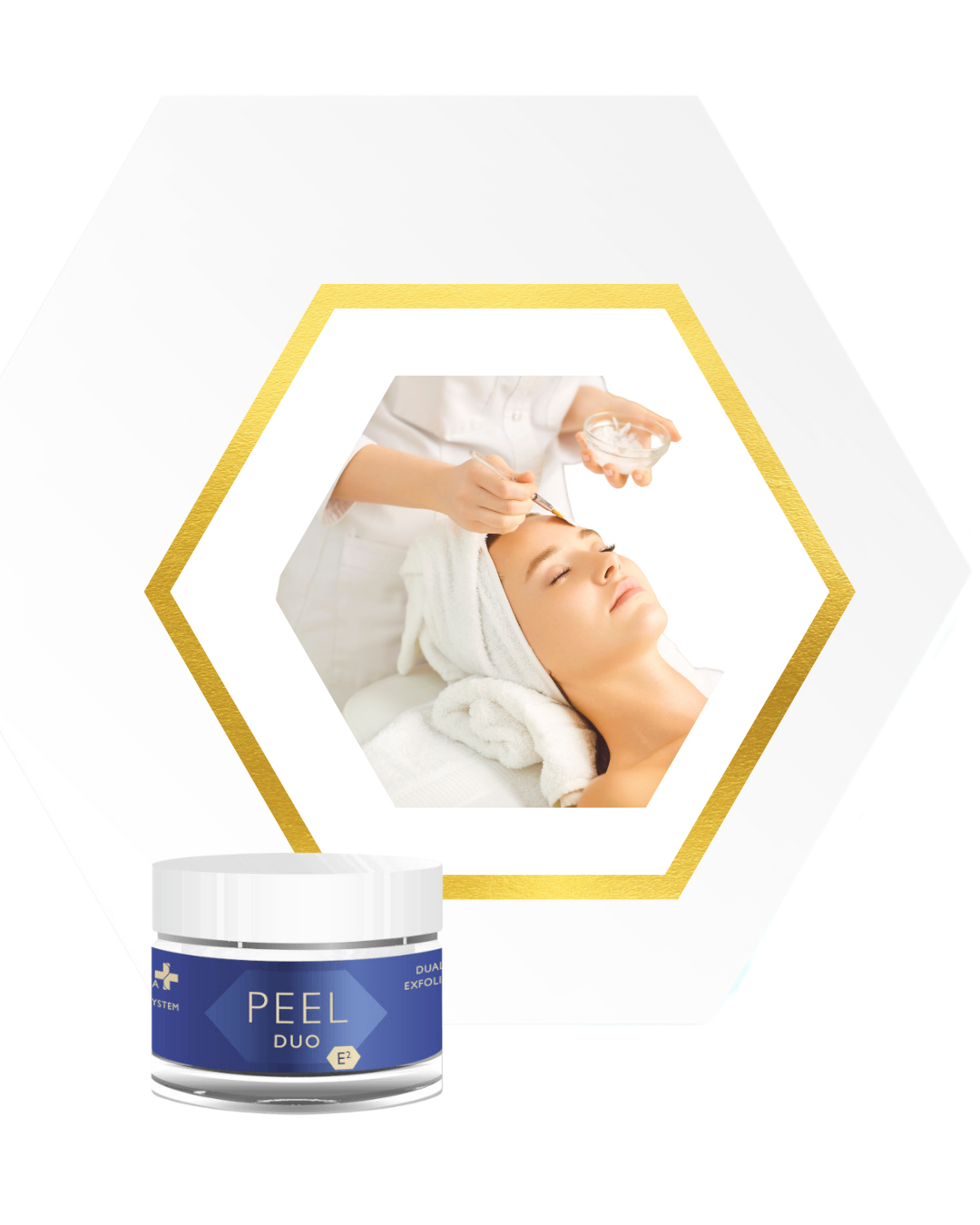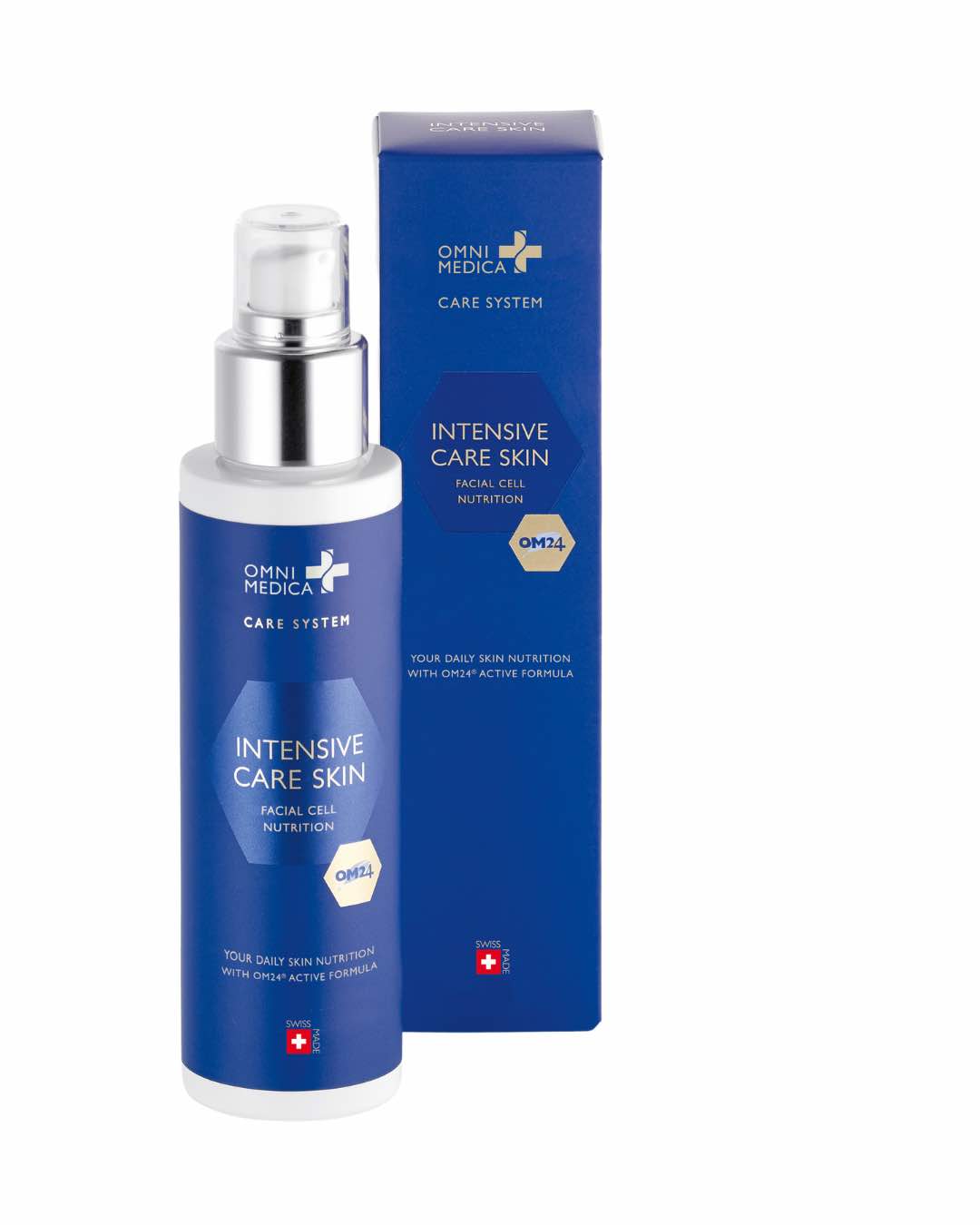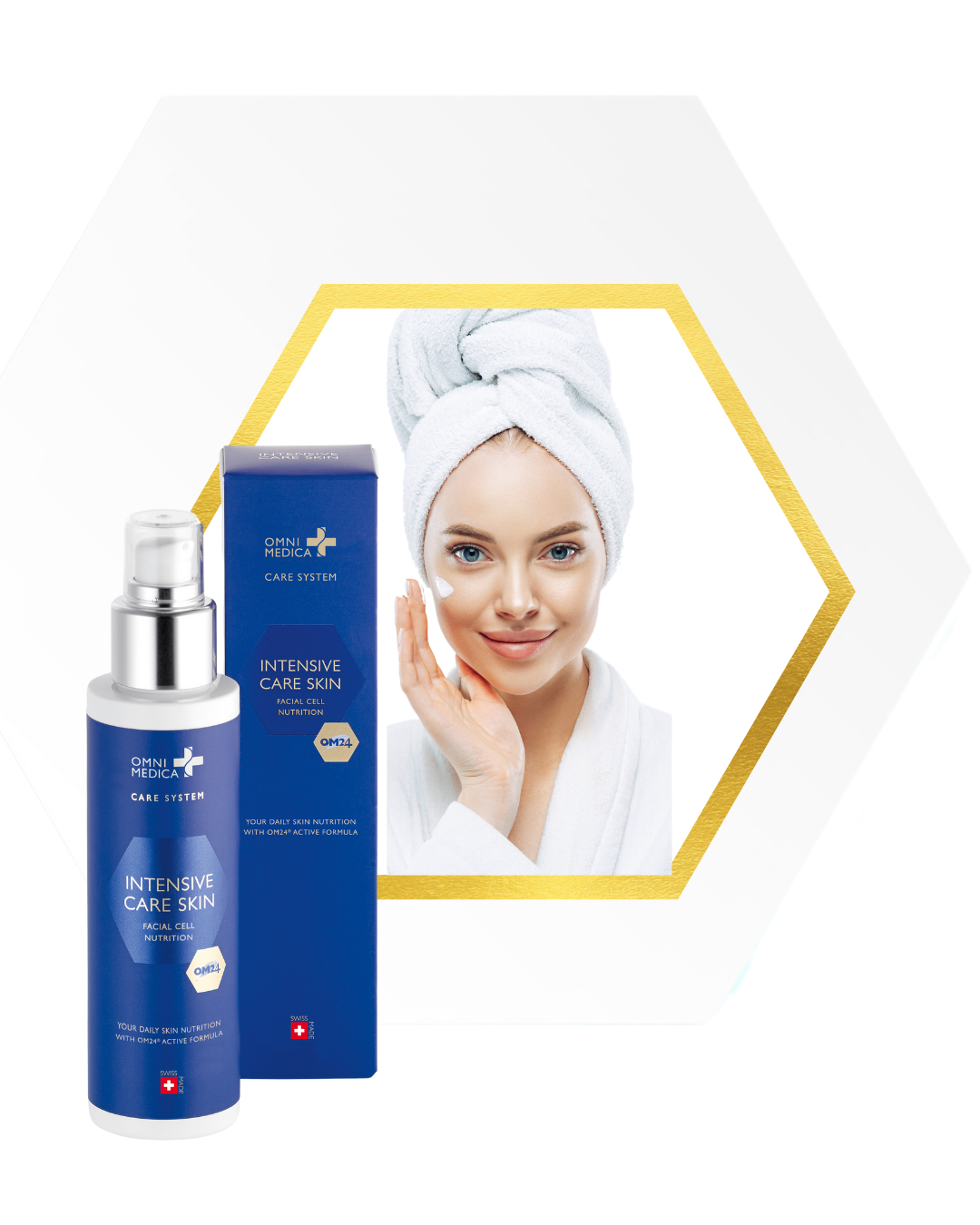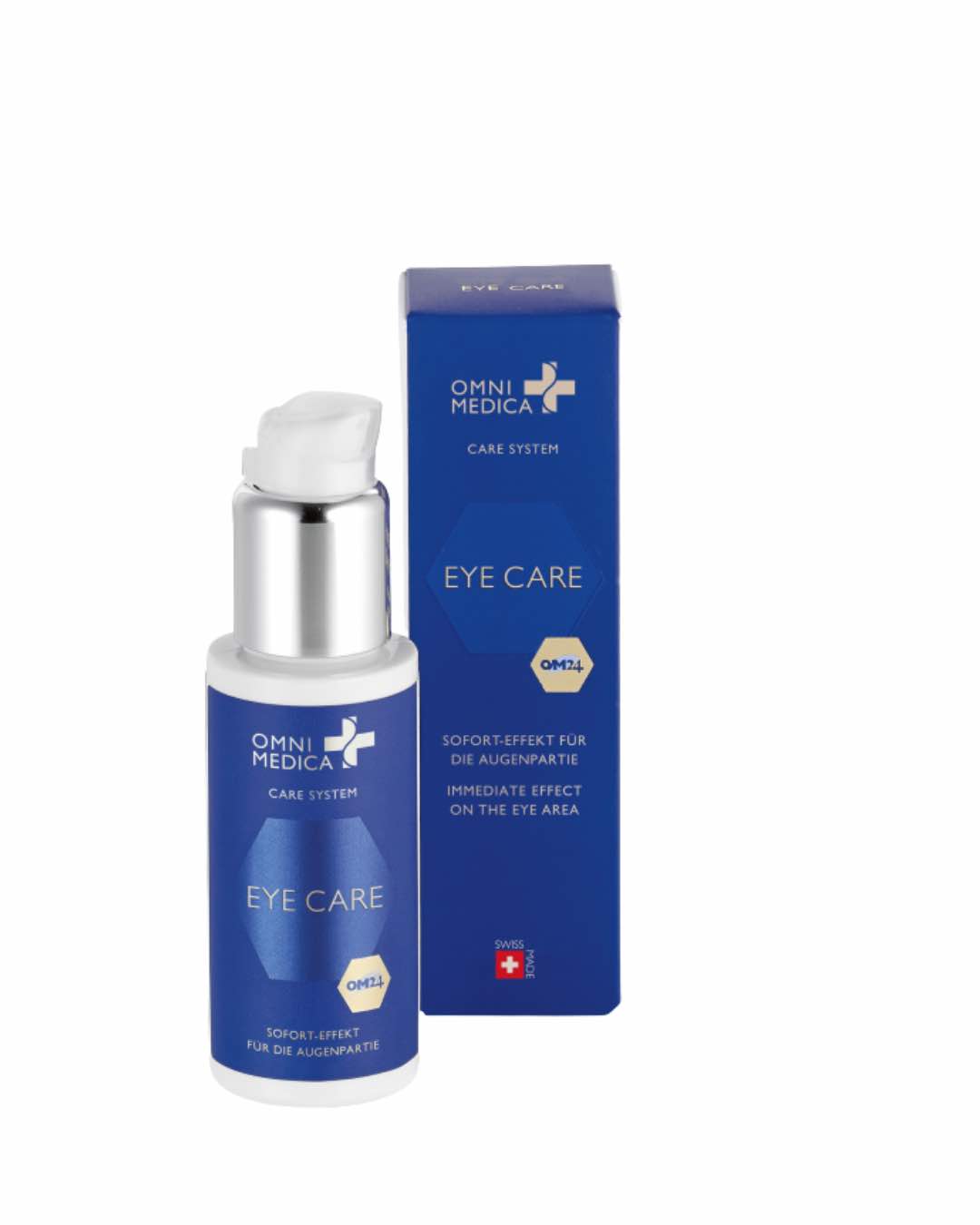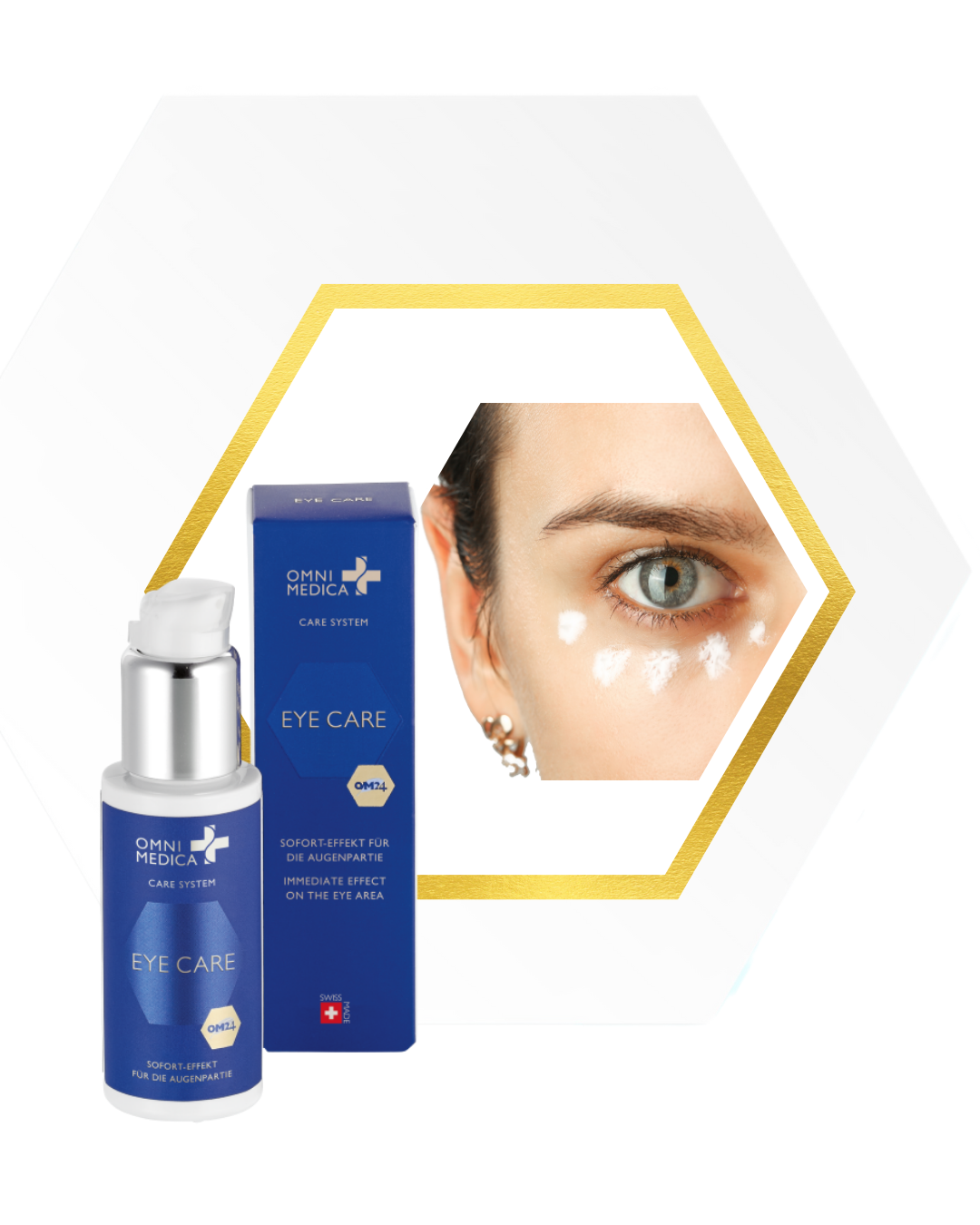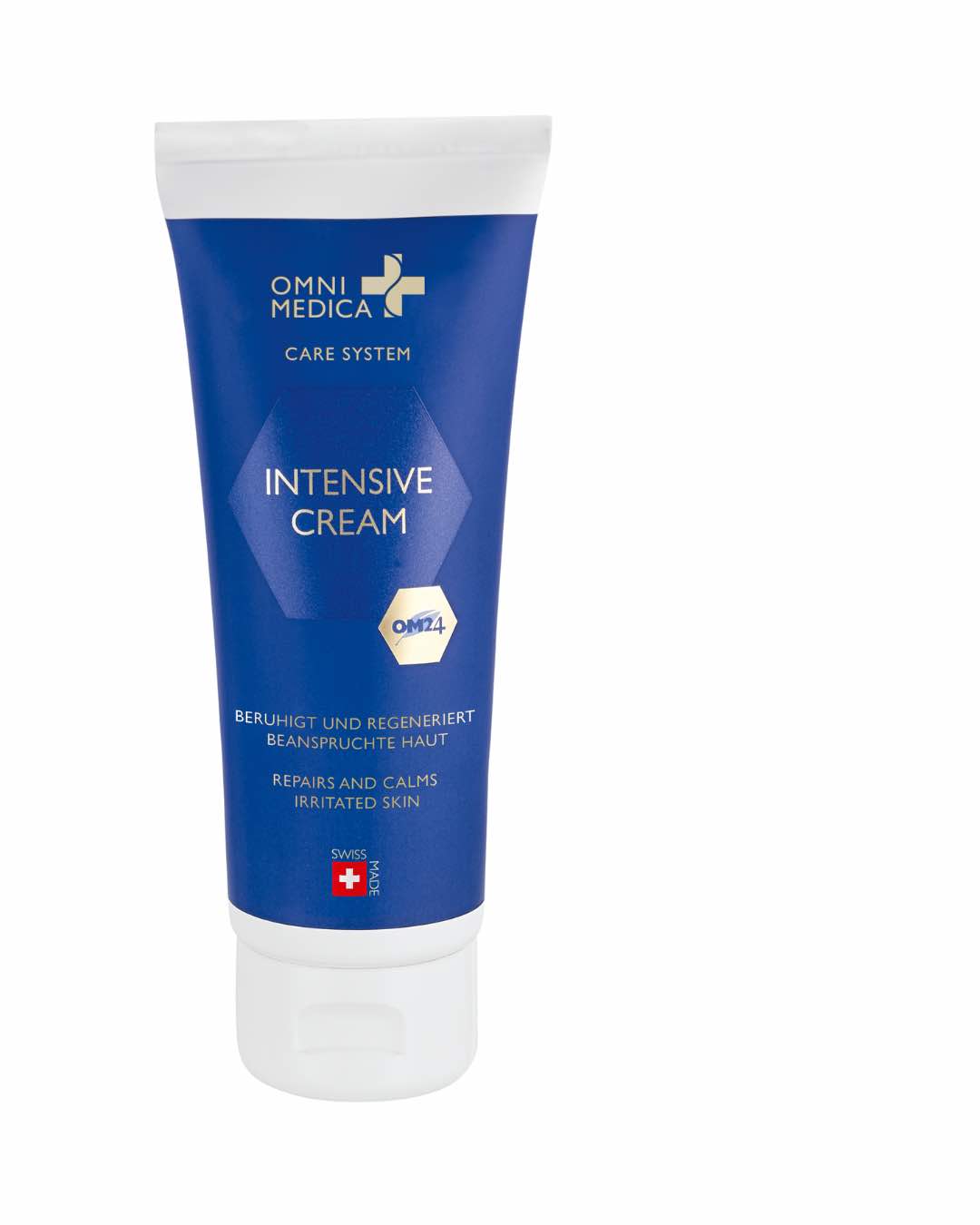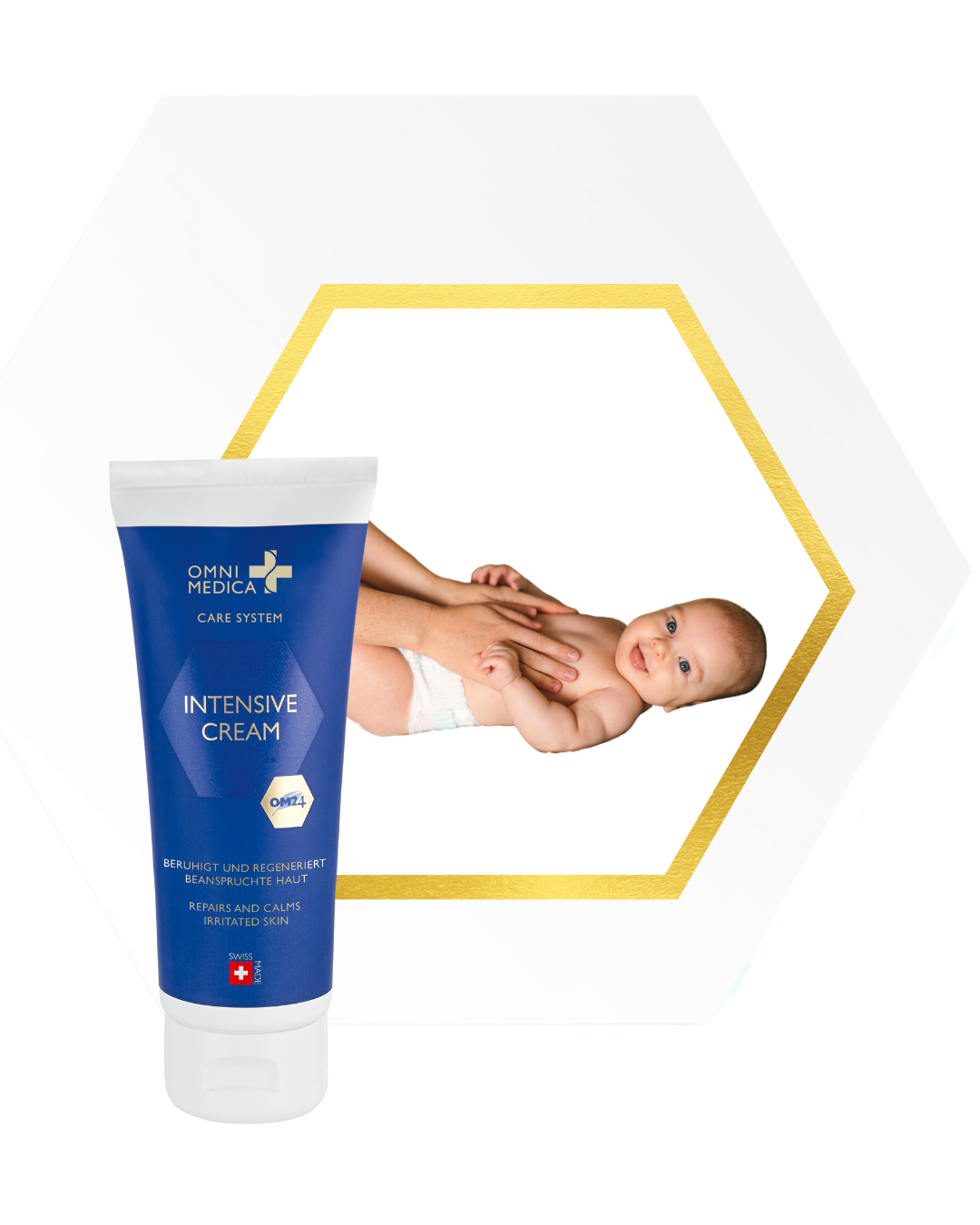We go through many changes in the course of our lives and our skin is not unaffected. One of the most common changes to the skin is pigmentation disorders. These brownish spots, also known as pigment spots, can have various causes. They are harmless at first, but can damage your self-confidence. In this article, we explain the different causes of such pigment changes, how they can be prevented and, if necessary, treated.
How do such pigment changes occur?
Pigmentation disorders occur when the body produces too much or too little melanin. Melanin is the pigment responsible for the color of our skin and hair. It is produced by specialized cells called melanocytes. There are various factors that can cause an imbalance in this melanin production and thus lead to pigment changes:
- Sun rays (UV rays): Excessive exposure to the sun can damage skin cells and thus alter the production of melanin.
- Hormonal changes: Hormonal imbalances in the body can affect melanin production.
- Injuries to the skin: Inflammation, scars or injuries to the skin can disrupt the skin's regeneration processes, which can also affect melanin production.
Pigment spots vs. age spots - are there differences?
Pigment spots and age spots are often used as synonyms. However, age spots actually represent a specific form of pigment spots.
Pigment spots are dark spots that can appear - in various forms - on different parts of the body, such as the face, hands or décolleté. They are caused by an overproduction of melanin and are caused by factors such as sun exposure or hormonal changes.
Age spots are usually flat, brownish-greyish spots that appear on the skin over time. They often appear on the hands, face or other areas of skin that are regularly exposed to the sun and are caused by an accumulation of melanin.
Freckles are also a form of pigmentation. These appear as small, darker spots or dots on the skin and are most common on the face, shoulders and décolleté. The harmless spots are genetic and are caused by an increased production of melanin in the skin cells. They occur more frequently in people with fair skin and red or blonde hair, as their melanin production is more uneven. Increased sun exposure can intensify freckles, but they often fade in winter.
How can pigmentation disorders be prevented?
You may be wondering whether it is possible to prevent the development of pigmentary changes. It is difficult to prevent development completely, as we may have no influence on some factors. Nevertheless, there are preventive measures that can reduce the risk.
- Sun protection: The best way to prevent pigmentation disorders is to protect your skin from UV rays. Using sunscreen with a high sun protection factor and clothing that protects against direct sunlight can protect your skin from sun damage.
- Skin care: A good skin care routine can help reduce the appearance of pigmentation or age spots. Use products that contain antioxidant ingredients to protect your skin. Also ensure that your skin is sufficiently moisturized to maintain its elasticity and support natural regeneration.
- Avoid hot water: Hot water when washing your face or showering can dry out the skin and thus promote pigment changes.
Can pigment spots be removed?
Have brown spots developed on your skin despite intensive skin care and other precautions? Don't worry - there are various methods to remove such spots.

Laser therapy
Laser treatments are used for the targeted removal of pigmentation disorders. Laser beams are directed at the affected areas of skin to destroy certain pigments and reduce excessive melanin production. As a result, pigment spots gradually fade.
Fruit acid and chemical peels
Fruit acid peels are a form of chemical exfoliation treatment that helps to renew and improve the skin. The peels made from different types of fruit acids work by gently exfoliating the top layer of the skin, removing dead skin cells and reducing melanin production in pigmented areas. The acids penetrate into the deeper layers of the skin and dissolve the excess pigment, which can lighten pigmentation spots over time.
Topical creams
There are a variety of creams and serums that can be applied locally. They contain special ingredients that can help to lighten pigmentation spots. Some of the commonly used ingredients in such creams include various vitamins and retinol. These ingredients help to regulate melanin production and promote skin regeneration and collagen production. This can reduce the appearance of pigmentation disorders.
Remember that it is important to carry out the treatment in consultation with a dermatologist. This is the only way to find the right method for your specific situation.
In addition to the treatment methods mentioned, there are also certain ingredients that can be helpful in the treatment of pigmentation spots. In addition to those already mentioned, one of these ingredients is "OM24®". OM24® is a natural complex of substances from tea plant extract that has antioxidant properties. It can help to protect the skin and body from harmful environmental influences, support the regeneration of body cells and prevent cell ageing. This can improve the appearance of pigmentation spots.
Conclusion
Pigmentation disorders are a natural part of the skin ageing process and are influenced by sun exposure and genetic predisposition. While they do not initially pose any health risks, they can be cosmetically disturbing for some people. The best way to prevent such brown spots is to protect the skin from excessive sun exposure. However, if they do occur, there are various treatment options to minimize their appearance. A healthy and balanced skin care regimen is crucial to support skin regeneration as much as possible.




